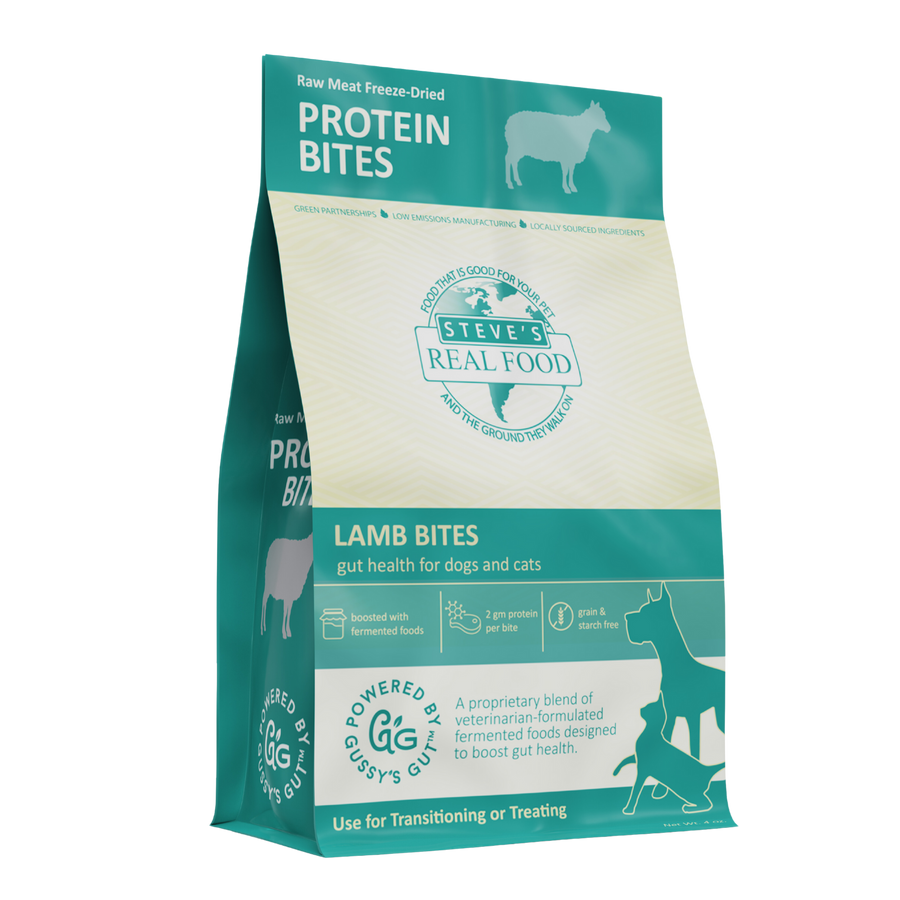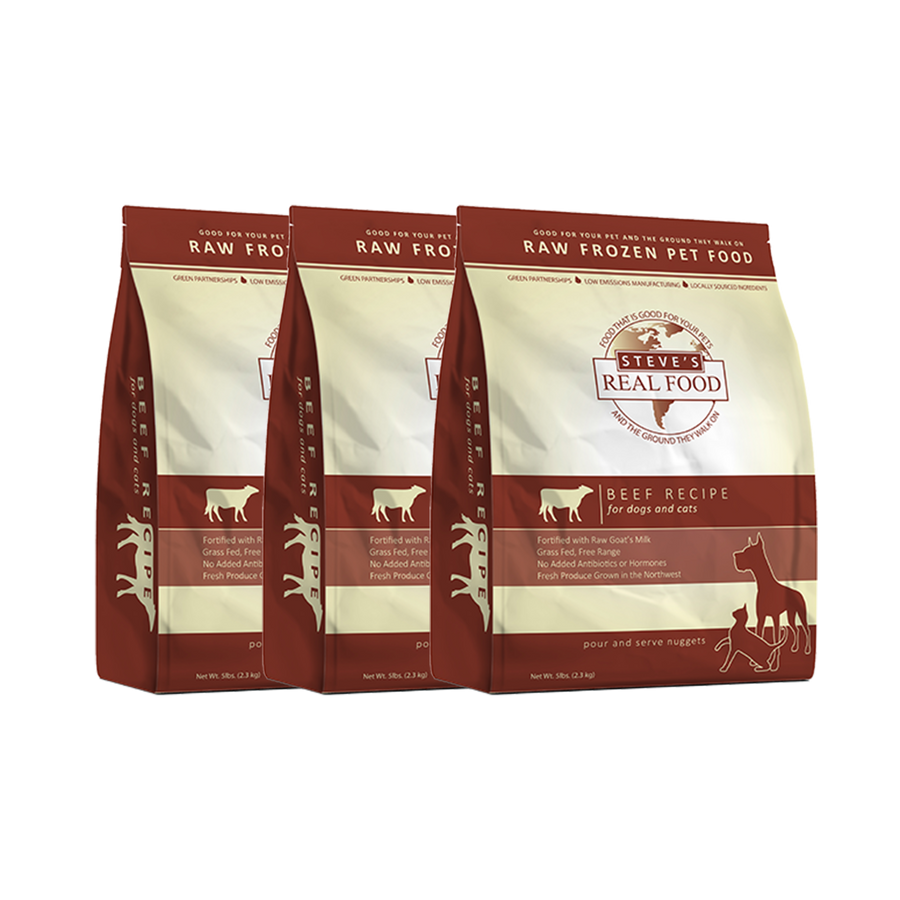A Raw Diet Has Been Shown to Be Effective in Cases of Hot Spots
Hot Spots, also called acute moist dermatitis, are irritated patches of skin that result from an initial irritation but develop into something much worse by a bacterial infection. The most common places where hot spots form on your dog's neck, hips, head or limbs. The red, moist patches can become very painful and cause oozing, scabbing, matted fur, and loss of fur at the affected area. While hot spots are usually localized to a specific area, treatment must focus on the underlying cause.
Skin Irritations that Can Cause Hot Spots in Dogs
A hot spot can develop when your pup has irritated skin that becomes imbalanced or infected from repeated scratching or gnawing. Any one of the following culprits can be the initial cause of the skin irritation:
- Food Allergies
- Insect Bites
- Splinters or Thorns
- Ear Infection
- Anal Gland Infection
- Obsessive Chewing or Licking (from boredom or stress)
The warmth and humidity during the summer months can exacerbate open cuts or scrapes on long-haired dogs, especially those with matted fur. Bacteria is commonly introduced by biting, scratching and chewing the site of irritation. Bacterial growth can then cause your dog's immune system to respond with inflammation, redness, itching, heat and pain.
Symptoms of Hot Spots in Dogs
Symptoms of a hot spot may include one or more of the following:
- Localized Inflammation and Redness of the Affected Area
- Painful, Itchy Patch of Skin
- Constant Licking, Scratching or Chewing
- Oozing Sores or Crusty Scabs
- Hair Loss With Dry Scaly Skin
- Moist Matted Fur
- Foul Odor Coming From Hot Spot Lesion(s)
- Unusual Aggression Associated With Pain
- Lethargy or Depression Associated With Pain
Effective Treatments For Your Dog's Hot Spots
- Clean the Area: Gently clean the hot spot with a mild, pet-safe antiseptic to remove debris and bacteria, reducing the risk of infection.
- Apply Topical Treatments: Use an over-the-counter or vet-recommended topical ointment or spray to soothe irritation and promote healing.
- Prevent Licking and Scratching: Use an Elizabethan collar or an alternative to prevent your dog from further irritating the hot spot by licking or scratching.
- Manage Underlying Causes: Address any underlying issues such as allergies, flea infestations, or infections that may be contributing to the hot spots.
- Maintain Good Hygiene: Regularly groom your dog and keep their coat clean and dry to prevent moisture buildup that can exacerbate hot spots.
- Consider Anti-Inflammatory Medications: Consult your veterinarian about appropriate anti-inflammatory or antihistamine medications to reduce itching and inflammation.
- Ensure Proper Nutrition: Provide a balanced diet with essential fatty acids to support skin health and resilience against irritants. Raw diets can be particularly effective as they are rich in high-quality proteins and omega-3 fatty acids, which can help improve skin health, reduce inflammation, and promote overall wellness.
Raw Pet Food To Help Heal Hot Spots
While pet owners recognize the positive effects from feeding their dog or cat a raw pet food diet. The benefits for digestive issues have been the most significant. A balanced raw diet should include mostly high protein meat and other healthy ingredients like fresh, pesticide-free fruits and vegetables. With the inclusion of functional foods like flaxseed, coconut oil and cod liver oil for vital for omega 3 fatty acids, Steve's Real Food combines the critical ingredients necessary to create an energy packed meal for your pet that is vital for optimal digestion and overall health. Our pet diets are made from free-range, antibiotic and hormone free beef and vegetarian fed poultry.
Convenient and Affordable Raw Dog Food Delivery
RawPetFood.com is an easy and affordable solution to both treat and prevent future hot spots. We deliver high-quality, organic frozen dog food directly to your front door!












